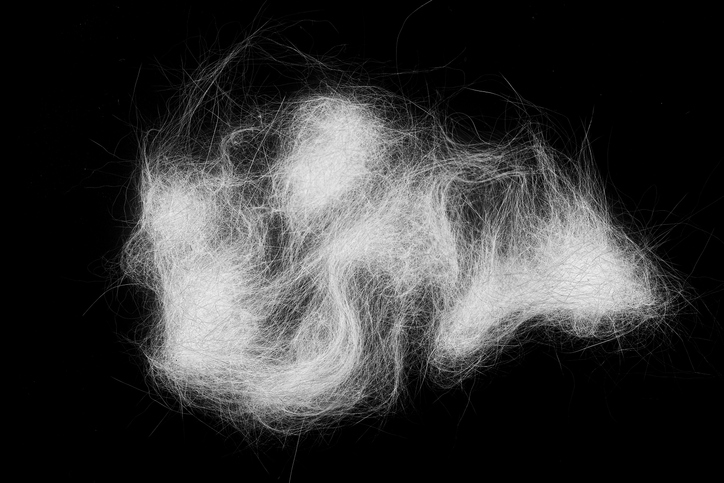Famous for its strength, flexibility, and light weight, spider silk has a tensile strength that is comparable to steel of the same diameter. In addition, it is biocompatible (meaning that it can be used in medical applications) as well as biodegradable. But large-scale harvesting of silk from spiders has proven impractical for several reasons. Therefore, scientists have been working to develop a mechanism to produce it in the laboratory.
Now, researchers at the RIKEN Center for Sustainable Resource Science in Japan have created a device that spins artificial spider silk that closely matches natural spider silk. The artificial silk gland was able to re-create the complex molecular structure of silk by mimicking the various chemical and physical changes that naturally occur in a spider’s silk gland.
This work is published in Nature Communications in the paper, “Replicating shear-mediated self-assembly of spider silk through microfluidics.”

[RIKEN]
To do it, precursor spidroin solution—based on recombinant MaSp2 spidroin—was placed at one end of a small rectangular box containing channels and then pulled toward the other end by means of negative pressure. As the spidroins flow through the microfluidic channels, they are exposed to precise changes in the chemical and physical environment. Under the correct conditions, the proteins self-assembled into silk fibers with their characteristic complex structure.
More specifically, the strategy “incorporates ion-induced liquid-liquid phase separation, pH-driven fibrillation, and shear-dependent induction of β-sheet formation.”
Among other things, the researchers discovered that using force to push the proteins through did not work; only when they used negative pressure to pull the spidroin solution could continuous silk fibers with the correct telltale alignment of beta sheets be assembled.
“It was surprising how robust the microfluidic system was, once the different conditions were established and optimized,” said Ali Malay, research scientist, RIKEN. “Fiber assembly was spontaneous, extremely rapid, and highly reproducible. Importantly, the fibers exhibited the distinct hierarchical structure that is found in natural silk fiber.”
The authors write that “a threshold shear stress of approximately 72 Pa is required for fiber formation, and that β-sheet formation is dependent on the presence of polyalanine blocks in the repetitive sequence. The MaSp2 fiber formed has a β-sheet content (29.2%) comparable to that of native dragline with a shear stress requirement of 111 Pa.”
The ability to artificially produce silk fibers using this method could not only help reduce the negative impact that current textile manufacturing has on the environment, but the biodegradable and biocompatible nature of spider silk makes it ideal for biomedical applications, such as sutures and artificial ligaments.
“Ideally, we want to have a real-world impact,” said Numata. “For this to occur, we will need to scale up our fiber-production methodology and make it a continuous process. We will also evaluate the quality of our artificial spider silk using several metrics and make further improvements from there.”



